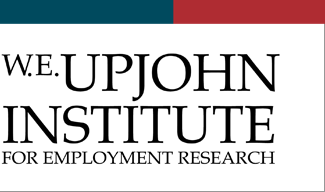Publication Date
4-1-2012
Series
Upjohn Institute working paper ; 12-183
DOI
10.17848/wp12-183
Abstract
In settings where most workers have full-time schedules, hourly wages are appropriate primary indicators of job quality and worker outcomes. However, in sectors where full-time schedules do not dominate—primarily service-producing activities—total hours matter, in addition to hourly wages, for job quality and worker outcomes. In this paper we employ a sector-focused, comparative framework to further examine hours levels—measured as average weekly hours—and trends in Canada, the United States, and Mexico. We analyze the retail sector, which is of interest because of its high rate of part-time employment in the U.S. Based on our fieldwork in the United States and Mexico and qualitative literature on Canadian retail work, we argue that the combination of business strategies and very different institutional constraints will lead U.S. retailers to a greater extent and Canadian retailers to a lesser extent to shorten hours and expand part-time jobs, whereas in Mexico it will lead retailers to lengthen hours. We apply this argument to predictions about differences in levels and trends. Drawing on standard public data sources from the three countries, we compare means and run time series regressions to estimate trends net of cyclical effects. Results broadly support our predictions, especially the distinction between the United States and Canada on the one hand and Mexico on the other. We provide additional context for these findings.
Issue Date
April 2012
Subject Areas
LABOR MARKET ISSUES; Employment relationships; Nonstandard work arrangements
Get in touch with the expert
Want to arrange to discuss this work with the author(s)? Contact our .
Included in
Citation
Carré, Françoise and Chris Tilly. 2012. "Short Hours, Long Hours: Hour Levels and Trends in the Retail Industry in the United States, Canada, and Mexico." Upjohn Institute Working Paper 12-183. Kalamazoo, MI: W.E. Upjohn Institute for Employment Research. https://doi.org/10.17848/wp12-183

